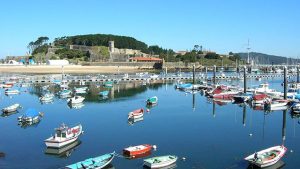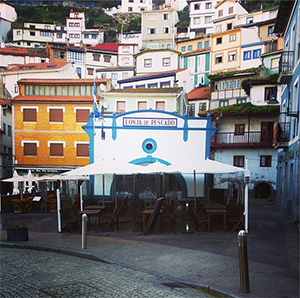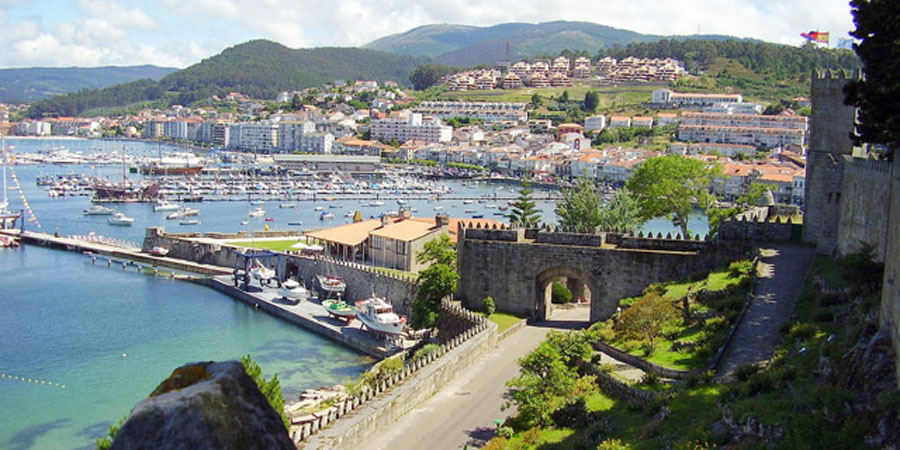5 special seaside Camino villages
The French Way, the most famous of the Camino de Santiago routes, covers 800kms inland from the French Pyrenees to Santiago de Compostela in Galicia. However, there are many other Camino routes, many of them with impressive coastal stretches dotted with stunning towns, villages and of course sea views! We have selected five unique seaside Camino villages where the sea breeze will be your best walking companion and where you will find the most delicious seafood to reward your tired feet:
Many pilgrims continue their Camino from Santiago to Fisterra on the Finisterre Way but you can also keep walking all the way to the tiny fishing village of Muxía, famous for its sanctuary and interesting rocking stones, believed to have curative powers. The sanctuary sits on the rocky shore only metres away from the Atlantic Ocean and is home to an important pilgrimage and festival in September.

The seaside medieval town of Baiona, in Galicia, has an interesting history, always linked to the sea. Bariona was the first port in Europe to hear of the discovery of the Americas when La Pinta boat docked at the town’s harbour in 1493. A replica of the boat is moored in Baiona since 1999 and an annual period festival in early March called the Arrival Festival commemorates this historic event. The town’s Monte Real Castle, today an impressive Parador hotel, served as defence from the attacks of English pirate or hero (depending on the history books you read!) Sir Francis Drake in the 16th century. Today you can relax in the Parador and go for stroll along the path surrounding the castle.
There are many picturesque coastal cities, towns and villages along the Northern Way as the Camino del Norte follow the shore of the Cantabric Sea with its coves, cliffs and sandy strands. You are spoilt for choice all the way from the Basque Country to Cantabria, Asturias and Galicia; but we will choose Cudillero, in Asturias, is one of our absolute favourites. This quaint fishing village has an old-time charm that will take you back in time. Cudillero is a patchwork of bright and colourful fisherman houses and 
Viana do Castelo – Portuguese Coastal Way
Walkers on the Portuguese Coastal Way, this time South of the Minho River, will discover the charm of pocket-sized Viana do Castelo. Pick one of the squares in the old town of Viana to relax and taste one of the many salt-cod dishes Portugal is famous for. The town’s ornate architecture, particularly the ‘grand’ houses belonging to big local families of yesteryear, will remind you of the town’s rich past when transatlantic trade with America (15th and 16th centuries) brought wealth and power to the area.
Pontedeume – Camino Ingles, English Way
The town of Pontedeume, on the English Way – the Camino Ingles, has a very classic Galician coastal look and architecture: the traditional white gallery balconies on the seafront, winding granite streets and arched buildings in the old town and classic Romanesque churches. The name itself means ‘the bridge over the Eume river’, and its 16th-century bridge has an impressive number of arches: 79! It used to have a chapel and a pilgrims hospital back in the day too but unfortunately not any more. The Andrade Tower, a 14th-century palace fortress, is another iconic landmark you should visit in Pontedeume.
For more information about Camino villages, Camino de Santiago routes or to book your Camino de Santiago trip, contact our travel specialists.
